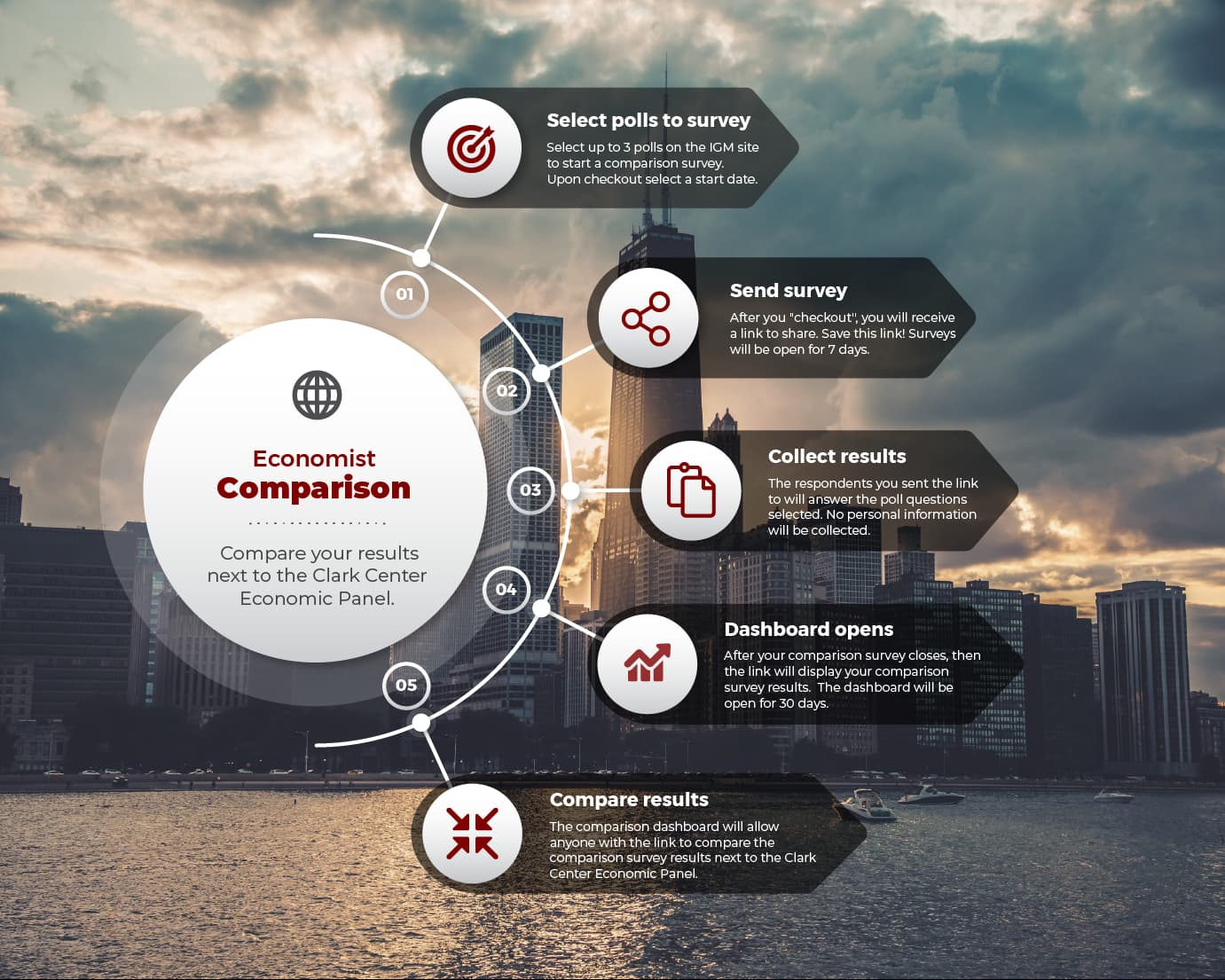This week three Republican senators called upon President Biden to formally block a take-over of U.S. Steel by the Japanese firm, Nippon Steel. As senators Vance, Hawley and Rubio noted in their letter, whilst President Biden has made clear his opposition to such a take-over in the past he has yet to formally intervene. By contrast they argue, President Trump regularly blocked foreign takeovers on national security grounds.
All of which is perhaps best taken as a reminder that 2024 is an election year and that those facing the polls will be subject to a higher than usual amount of political pressure when setting policy.
The case for preventing Nippon Steel from acquiring U.S. Steel is, in reality, rather flimsy. The Clark Center US Economic Experts Panel was asked about the takeover earlier this year and a strong consensus found that it would lead to a substantial fall in US steel output or do damage to the wider American economy. On Global Markets looked at the case back in March and reminded readers that, in case they somehow forgot, Japan is a US ally. Even leaving aside the, almost non-existent, economic case against allowing the take-over there is almost no national security case either.
No doubt though the issue will continue to rumble on. But when it comes to the interaction of the American steel industry, economic policymaking, and politics as a whole it equally seems likely that China will be a much bigger deal than Japan.
Last month President Biden, speaking to steelworkers in Pennsylvania, called for a tripling of tariffs on Chinese steel. Speaking to the Financial Times one official argued that “it is important for us to get ahead of China’s new export surge and their continued pressure on prices that make it hard for American steel companies to compete”. The same official added that “this has nothing to do with politics”. Which of course rather leads one to wonder why then the call was made during a campaign stop?
To be fair to the unnamed official, Chinese steel exports are indeed surging. The official Chinese data suggests exports rose by 36.2% in 2023 with the average export price down by almost a third to $936.80 per tonn.
Nor does the pace appear to be slowing in 2024. Data out this week put exports for the first four months of the year at export volumes at more than 100 million tonns, the highest level for this period of the year since 2016. 2016, of course, was also a US election year and one in which the plight of the steel industry featured prominently.
Overcapacity and a slowing (to put it mildly) domestic real estate sector have prompted Chinese firms into more overseas selling. The US, it should be noted, is not alone when it comes to pondering higher tariffs. Over the past year India has imposed anti-dumping duties on Chinese steel, Mexico has increased tariffs to almost 80%, Thailand has launched an investigation into the issue and Brazilian steel firms are calling for a 25% tariff. Earlier this week, the European Union Commission’s President Ursala von der Leyen reiterated that the EU will “not waver” from protecting European jobs and industries from Chinese competition with steel specifically singled out alongside electric cars and solar panels.
Chinese analysts remain, in public at least, relatively relaxed about the rising trade tensions when it comes to steel. The vast majority of Chinese exports are destined for Asian markets rather than the US or Europe.
But whilst the US may be far from alone when it comes to talking up the threat of higher tariffs on Chinese steel, that does not make it any more economically justifiable.
The Clark Center US Economic Experts Panel took a timely look at the issue last week. The views of economists have, in general, shifted on all sorts of macroeconomic issues over the last decade and half since the financial crisis and the pandemic. To a greater or lesser degree attitudes to fiscal policy, the monetary policy framework and industrial policy all look rather different to in, say, 2007. But when it comes to tariffs, there has been much less movement.
The poll’s results were broadly as expected. On the question of whether tripling tariffs on Chinese steel would increase domestic steel employment there was some conditional support. Whilst 37% of the experts who responded, weighted by confidence agreed, 39% were unsure.
But on the other questions, the results were much clearer. 87%, again weighted by confidence, either agreed or strongly agreed that such a measure would measurably increase finished goods prices for American consumers. And just 6% agreed that the gains of such tariffs would outweigh the costs to the American economy.
That is just about as clear-cut an answer as these panels ever deliver. There is, in the collective view of the experts, a reasonable chance that tripling tariffs on Chinese metal imports might increase domestic steel employment but whether that were to occur or not the results would almost certainly be higher prices for consumers and a new loss to the economy as a whole.
In an election year though, politicians facing re-election cannot always weigh the pure economic evidence in isolation from political pressures. The steel industry will stay in the headlines over the coming six months and continue to throw up political problems. The decisions on China policy though will be more consequential than whatever the eventual fate of Nippon Steel’s hoped-for acquisition.

